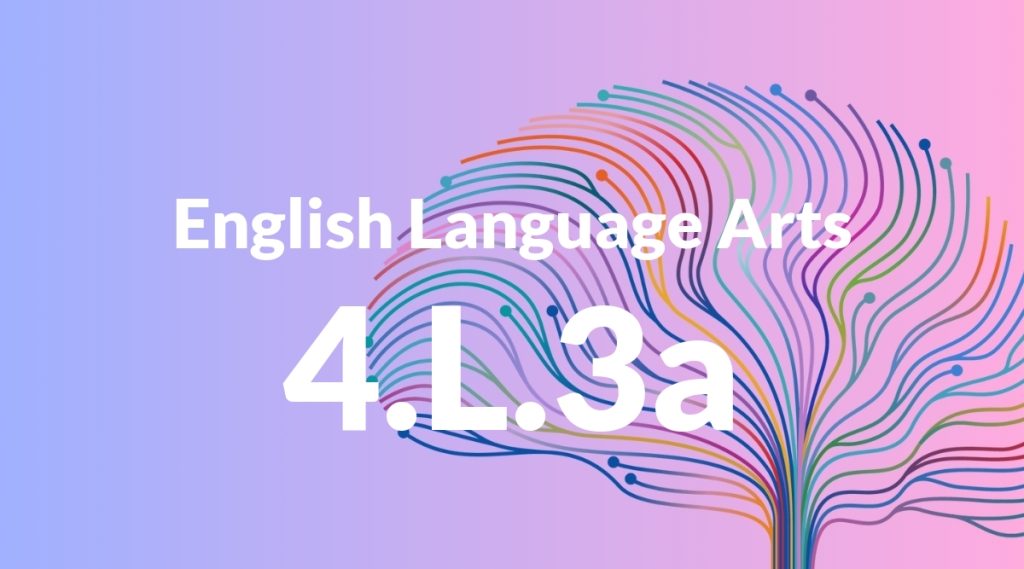Standard: 4.L.3a – Choose words and phrases to convey ideas precisely.*
Grade level: Grade 4
Subject: English Language Arts
Domain: Language
Teacher Overview
This standard emphasizes the importance of choosing words and phrases that convey ideas precisely. It is crucial for students to understand that the right word choice can significantly impact the clarity and effectiveness of their communication. Mastering this skill will help students in all areas of writing and speaking. Students should already be familiar with basic parts of speech and simple sentence structures. They should also have experience using common vocabulary words in their writing.
After mastering this standard, students will be able to use a more varied and precise vocabulary in their writing, enhancing their descriptive abilities and overall communication skills.
Common Misconception 1
A common misconception is that using longer or more complex words will always make writing better. This is incorrect because the primary goal is to communicate ideas clearly and effectively, which often requires simpler, more precise language.
Intervention 1
An effective intervention is to provide students with examples of both complex and simple word choices and discuss which is more effective in conveying the intended message. Practice exercises can help reinforce the importance of clarity.
Common Misconception 2
Another misconception is that repeating the same word is acceptable as long as the word is correct. This is incorrect because repetition can make writing monotonous and less engaging for the reader.
Intervention 2
To address this, encourage students to use a thesaurus to find synonyms and practice varying their sentence structures. Activities that focus on rewriting sentences or paragraphs with varied vocabulary can be helpful.
Prerequisite Knowledge
Students should have a basic understanding of different parts of speech, simple sentence structures, and the ability to recognize and use common vocabulary words.
Subsequent Knowledge
Students will develop the ability to use more complex and varied vocabulary in their writing, enhance their descriptive writing skills, and improve their overall communication effectiveness.
Instructional Activities
- Have students write descriptive paragraphs using a specific set of vocabulary words.
- Create a word bank of synonyms and have students rewrite sentences using different words from the bank.
- Conduct peer review sessions where students give feedback on word choice in each other’s writing.
- Use picture prompts to inspire students to write detailed descriptions.
- Play word choice games where students select the best word to complete a sentence.




